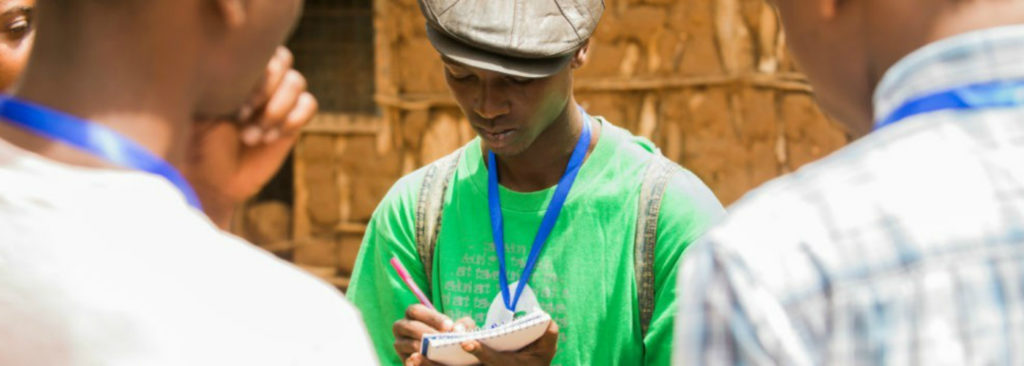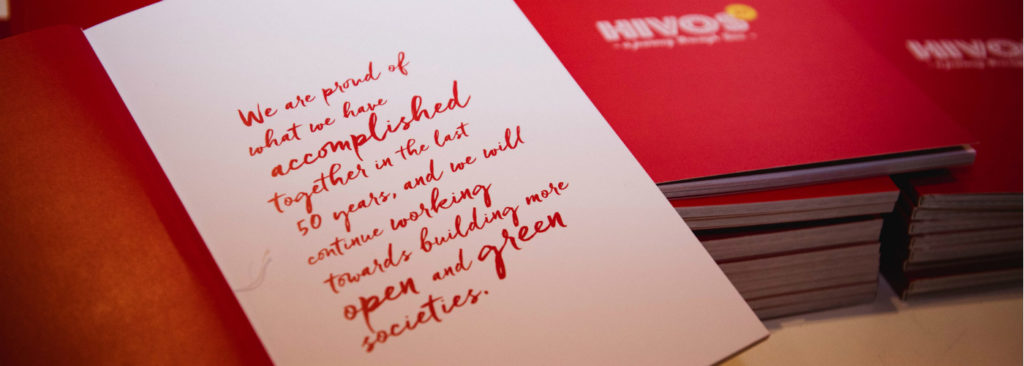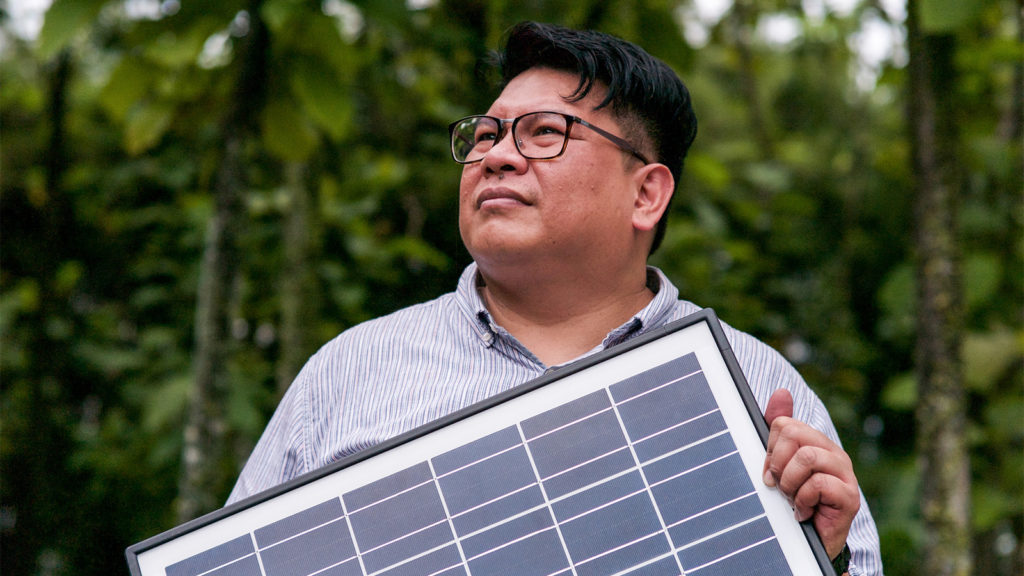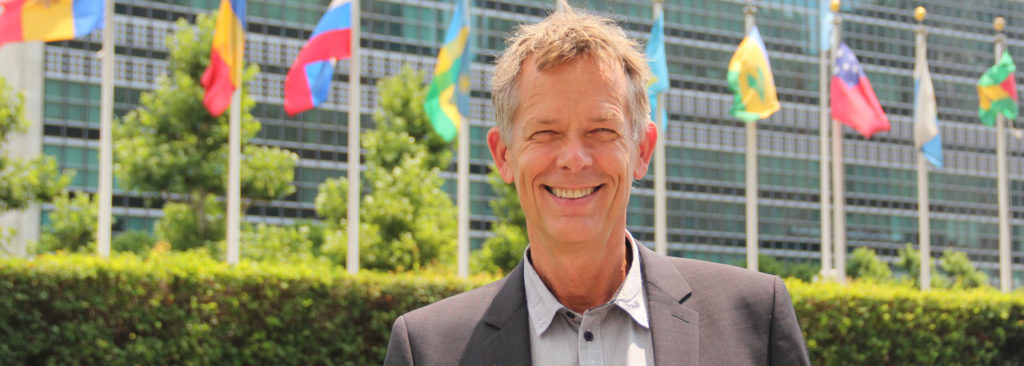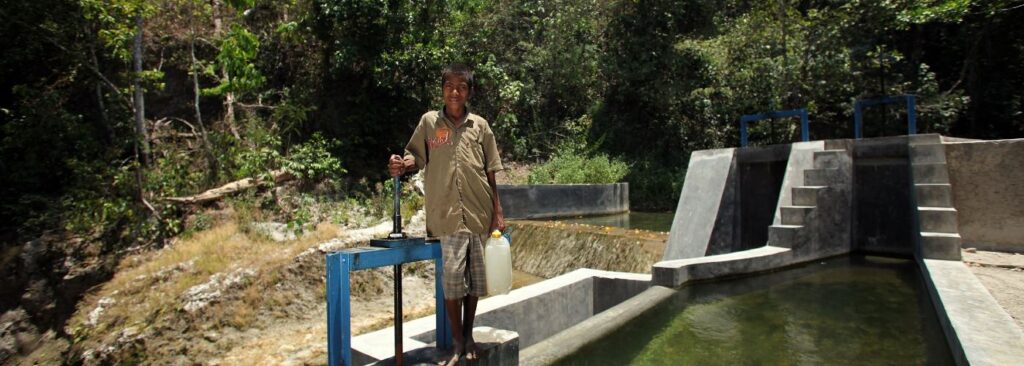Hivos has entered a regional alliance aimed at closing the energy access gap in Central America to achieve 100% coverage for the entire population. The agreement was signed Wednesday, December 12, at the III Energy Week organized by OLADE (Latin American Energy Organization) in Montevideo.
By signing this agreement, members of the alliance which includes Hivos, OLADE, ECLAC and ACCESE (Central American Alliance for Energy Sustainability), have committed to creating a collaborative framework to coordinate regional efforts to access modern and sustainable energy. The alliance will work together with the governments of SICA (Central American Integration System) member countries to try to boost rural development through the productive use of energy in its economic activities.
The main strategy calls for the establishment of eco-innovative territories in Central America. This means territories that promote smart and sustainable development through distributed, renewable energy solutions. For example, by taking advantage of improved technologies in agro-industrial systems and other production areas. This will help preserve and improve natural capital, promote entrepreneurial spirit and women’s leadership.
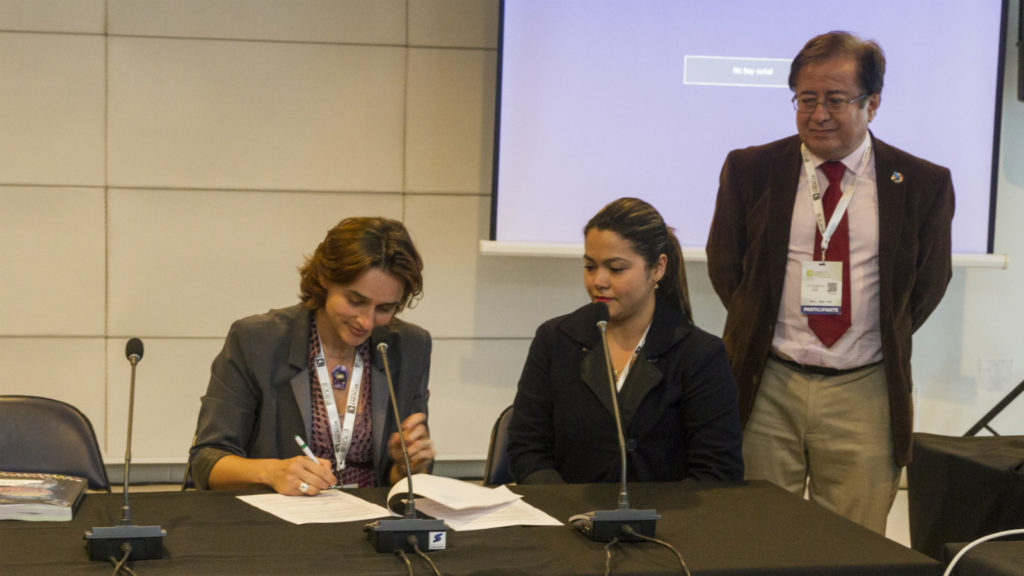
Limitations of regional development
Poverty and social exclusion in Central America are the main constraints to regional development. Thousands of people in this region still have limited access to basic services. Inhabitants also experience high environmental vulnerability since they are the ones most affected by climate change, with Honduras being the most affected, followed by Nicaragua and Guatemala. According to ECLAC, the region is greatly impacted by droughts, hurricanes and the El Niño phenomenon.
The lack of access to energy is a primary limitation for the development of communities and their adaptation to climate change, since it also affects the availability of other services. According to OLADE data, in 2016 the region had an electricity coverage of 90.1%, leaving almost 5 million people without access.
Central America has the opportunity to become the first region in the developing world to achieve 100% access to energy for its inhabitants.
While that reality is a significant challenge, it also represents a great opportunity. IDB data indicate that Latin America and the Caribbean have the conditions to achieve universal access by the year 2030, and Central America has the best conditions within the region to achieve this goal. In other words, Central America has the opportunity to become the first region in the developing world to achieve 100% access to energy for its inhabitants.
The countries of the region are aware of the new realities that arise in the energy sector, such as the emergence of solar energy as a cost-effective and abundant option. Closing the energy access gap requires providing electricity to remote communities with difficult geographies, where the network does not reach and the costs of extending it, make it unfeasible. Where the best solution is to bet on decentralized renewable energy systems that are administered by the communities, and linked to their economy and local production mechanisms. Because of this reality, only a joint effort between governments, communities, international organizations, civil society and private entities, can make the dream of transforming Central America into a global example of access to energy come true.


